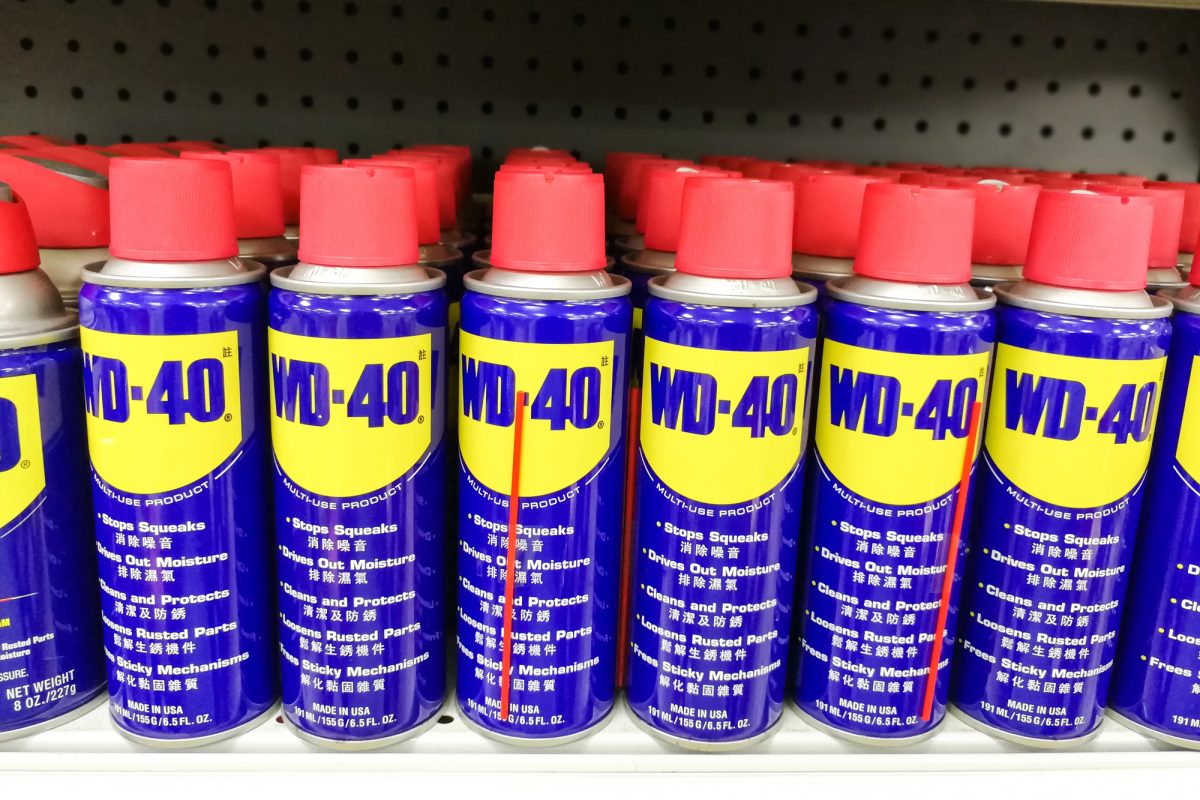Changing your oil for the first time can feel empowering, but it often brings surprises you never anticipated. While it might seem simple in theory, the reality involves a lot more trial, error, and unexpected hiccups than you might think. From stubborn filters to sudden messes, the learning curve can catch even the most prepared DIYers off guard. Let’s explore the 10 unexpected challenges that could turn your straightforward project into an unforgettable experience.
Finding the Right Tools isn’t Always Easy

You may assume a wrench and a pan are all you need, but the right size socket, oil filter wrench, and sometimes specialty tools are crucial. Without the correct gear, even loosening a simple drain plug can turn into a headache. It’s common for beginners to make extra trips to the auto parts store mid-job.
Drain Plugs Can Be Extremely Tight

Factory-installed or previously serviced drain plugs can be torqued down excessively, making them hard to remove without serious muscle. Beginners often underestimate how stuck these plugs can be, risking stripped bolts or even injury if they’re not careful. It’s a harsh reality that sometimes requires a breaker bar or specialized tools.
Old Oil Can Splash Everywhere if You’re Not Careful

Hot, fast-flowing oil can shoot out farther than expected once you loosen the drain plug. If your oil pan isn’t positioned perfectly or you remove the plug too quickly, you might end up with a messy, slippery garage floor or worse, a personal oil bath. Cleaning up spilled oil is harder than you think, and it can stain permanently.
Oil Filters Can Be a Nightmare to Remove

A stuck oil filter is one of the most frustrating problems DIYers face during their first oil change. If it’s overtightened or stuck due to heat cycles, it may require brute force, specialized wrenches, or even destructive removal. Struggling with a stubborn filter can turn a 30-minute job into an exhausting ordeal.
Related: Drivers Are Overlooking These 12 Spring Car Hazards That Are Worse Than You Think
Locating the Oil Filter Can Be Tricky

Oil filters aren’t always in obvious or accessible places, especially on newer or smaller vehicles. Some are tucked behind engine parts or under tight spaces that require maneuvering or removing other components. You might spend more time searching for the filter than actually changing the oil.
Related: 15 Vet Approved Dog Car Seats That Are Selling Out This Spring
Knowing the Correct Oil Type and Quantity Can Be Confusing

Oil specifications are more complicated than just “5W-30”; some engines need synthetic blends, specific certifications, or exact volumes. First-timers often underestimate how critical matching the exact oil type is for engine health. Guesswork here can lead to poor performance, damage, or voided warranties.
Related: 11 C2 Corvette Mysteries That Still Baffle Hardcore Enthusiasts
Disposing of Old Oil Properly Takes Planning

You can’t simply toss used motor oil in the trash or pour it down the drain, it’s hazardous waste. Many beginners finish their oil change only to realize they have a container of toxic fluid they don’t know how to get rid of. Finding a recycling center ahead of time can save you a stressful scramble later.
Related: 14 Insane Car Laws You’ve Probably Broken Without Realizing It
Jacking Up Your Car Safely is No Joke

If your car doesn’t have enough ground clearance, you’ll need ramps or jack stands, and improper lifting techniques can be dangerous. Many beginners don’t realize how precarious a car balanced on a jack can be if not done correctly. Skipping this safety step can turn a DIY project into a medical emergency.
Related: Every Cyclist Misses These 13 Fixes Until It Is Too Late
Missing Oil Leaks After the Job is Easy

After pouring in fresh oil, small leaks around the drain plug or filter can go unnoticed until it’s too late. New DIYers often skip the critical step of checking underneath after starting the engine, only to discover puddles hours or days later. Always double-check immediately after and again after a short drive.
Related: 13 Bikes That Make You Want To Ditch Your Car
Weather Conditions Make a Bigger Difference Than You Think

Doing your oil change in extremely hot or cold weather adds unexpected challenges, like hotter oil burns or brittle parts snapping. Cold temperatures can also thicken old oil, making it drain more slowly and increasing your frustration. Planning your oil change during moderate weather can save a lot of discomfort.
Related: 10 Cool Ways Tech Is Ending The War Between Cyclists And Drivers
Doing your first DIY oil change is a rewarding milestone for any car owner, but it’s rarely as easy as it looks in quick tutorials. Each step presents hidden challenges that can test your patience, mechanical skills, and attention to detail. Preparation, patience, and a good sense of humor will go a long way when facing unexpected problems. By understanding these common pitfalls ahead of time, you’ll feel more confident and capable when things don’t go exactly as planned.
Disclaimer: This list is solely the author’s opinion based on research and publicly available information.
13 WD 40 Hacks To Save Your Car From Expensive Repairs Right Now

WD-40 has long been a household staple, but car owners are discovering it’s a game-changer for vehicle maintenance. This simple spray can resolve countless car issues, many of which would otherwise require costly trips to the mechanic. Whether you’re battling rust, noise, or grime, WD-40 offers powerful solutions that extend your car’s life and save you serious money. Knowing how to apply it properly can make all the difference between a quick fix and a lingering problem.
Read it here: 13 WD 40 Hacks To Save Your Car From Expensive Repairs Right Now
Shocking Reasons Why Car Repair Cost Are Out Of Control

Car repair costs have skyrocketed in recent years, leaving many drivers struggling to keep their vehicles on the road. From rising labor rates to expensive high-tech components, several factors are contributing to these financial burdens. Understanding why repair expenses are increasing can help car owners make informed decisions about maintenance, insurance, and future vehicle purchases. Here are 12 shocking reasons why car repair costs are spiraling out of control.
Read it here: Shocking Reasons Why Car Repair Cost Are Out Of Control
12 Car Repairs Mechanics Don’t Want You to Know

Maintaining your car doesn’t have to be intimidating or expensive. With just a few basic tools and a little know-how, you can handle a surprising amount of car maintenance yourself. Whether it’s changing fluids, checking tire pressure, or replacing filters, these simple DIY tasks can keep your car running smoothly and save you money. Here are 13 maintenance tips that even total beginners can manage!
Read it here: 12 Car Repairs Mechanics Don’t Want You to Know
You’ll love these related posts:
- Your Car Is Dirtier Than A Toilet Seat, 12 Hidden Germ Hotspots You Need To Clean Now!
- 2025 Truck Driver Paychecks Exposed Who’s Making a Fortune and Who’s Struggling
- 10 Hidden Tips to Find Your Perfect Motorcycle
- 15 Car Factories So Iconic They Should Be World Heritage Sites
- How to Survive Being Stranded on the Highway Without Panic


